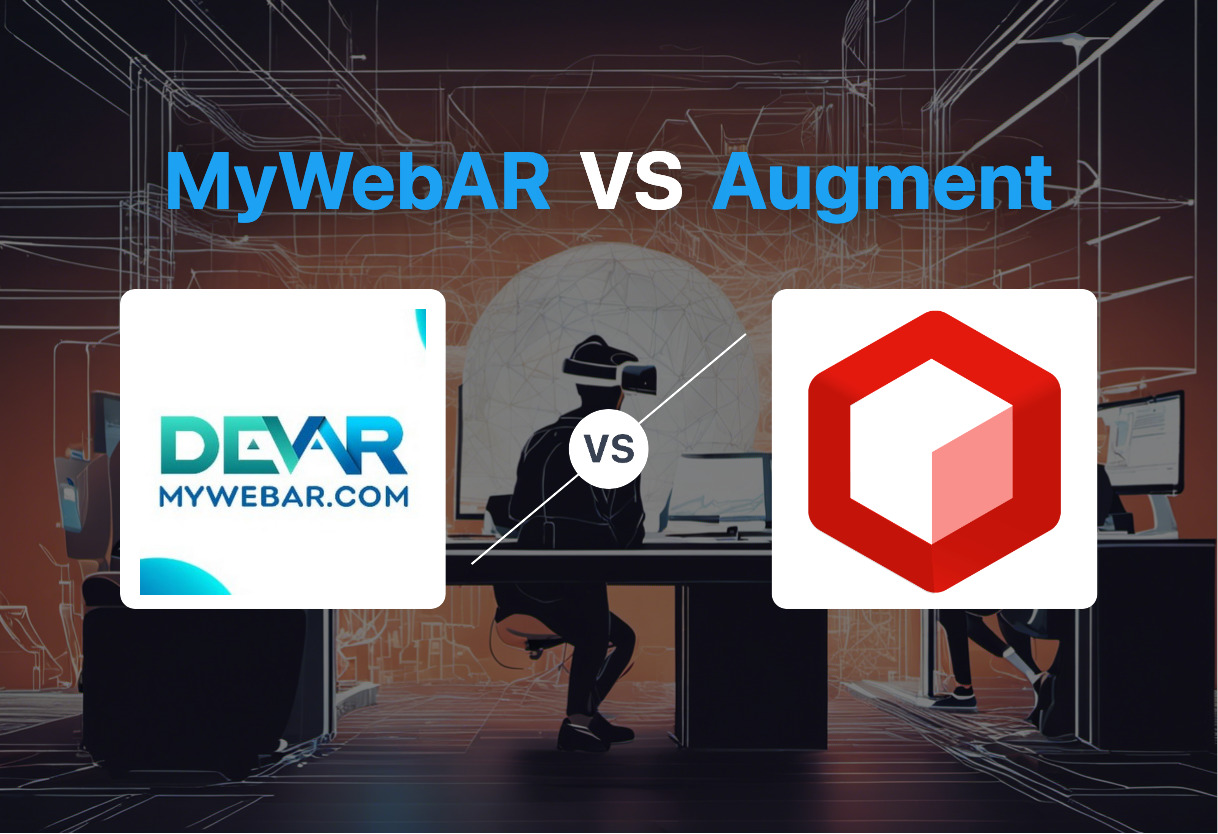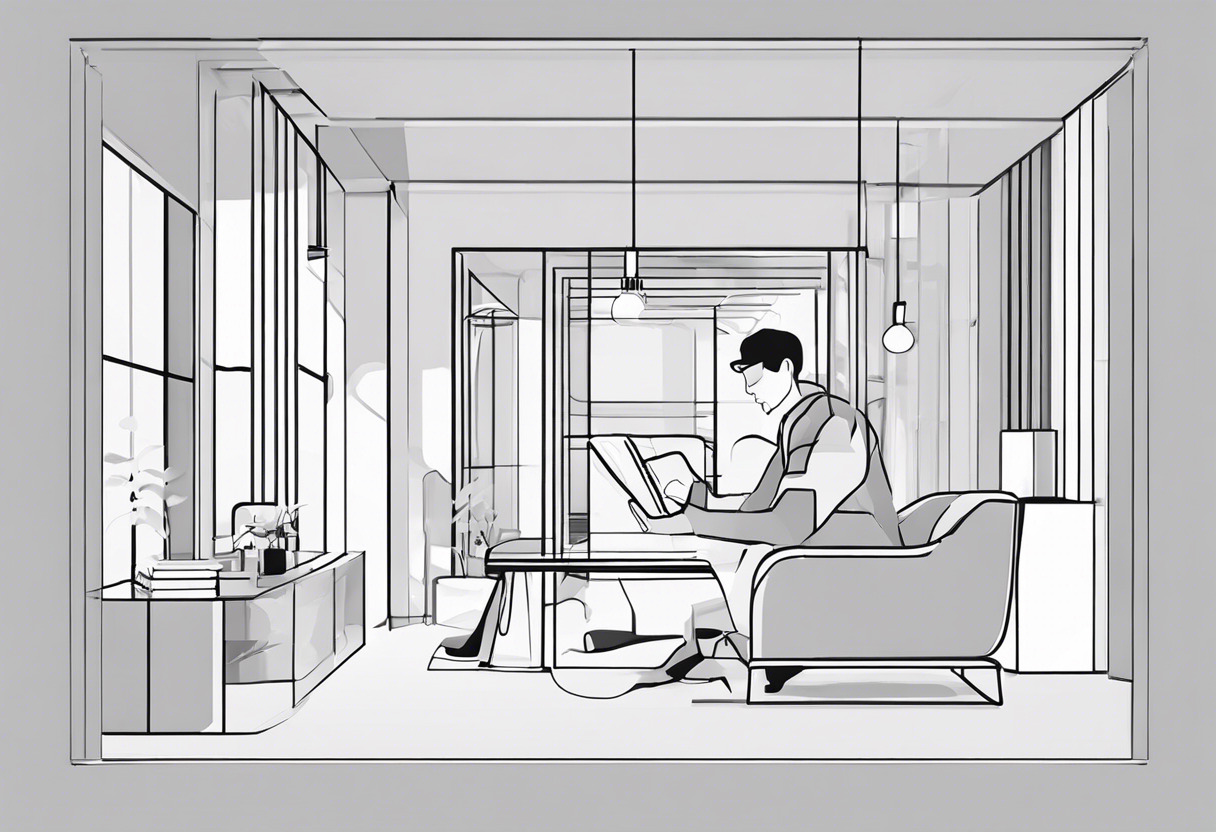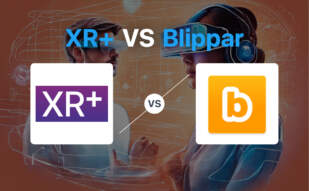For no-code AR creation with robust features and global appeal, MyWebAR holds the edge. However, if your interest spans diverse AR applications with expansive sensory overlays, Augment is your go-to. Ideal choice varies based on specific requirements.

Key Differences Between MyWebAR and Augment
- Creation: MyWebAR offers no-code platform with AI-backed swift creation, while Augment centers on comprehensive AR experiences.
- User Base: Many Fortune 500 companies and international businesses use MyWebAR. Augment applies across various industries including healthcare, entertainment, and retail.
- Ecosystem: MyWebAR invites ecosystem contributions through product creation and plugin publishing. Augment’s ecosystem aligns with Industry 4.0 technologies.
- Realism: MyWebAR experiments with glass surface realism and physics interactions with real-world objects, Augment overlays multiple sensory information onto real world.
- AR Glasses: MyWebAR is prepping for AR glasses support, Augment is focusing on delivering AR through various devices including smartphones and tablets.
- Education: MyWebAR is used extensively in educational institutions for immersive tech while Augment’s AR apps aid in medical training.
| Comparison | MyWebAR | Augmented Reality (AR) |
|---|---|---|
| Nature of Platform | No-code platform for AR creation and management | A technology to enhance real world with digital visual, sound, or other sensory stimuli |
| User Base | Used by Fortune 500 companies, 200+ universities and schools | Used in various fields like mobile computing, business applications, retail, healthcare, entertainment etc. |
| Key Offerings | Offers free lessons on AR creation, Experiments with glass surface realism | Offers businesses design, entertainment, navigation, educational applications |
| Support for AR Glasses | MyWebAR.com platform prepping functions for AR glasses support | AR can be delivered through glasses |
| Comparability | Supports seamless AR interaction between different platforms | AR overlays digital information onto real-life environments or objects |
| Platform Compatibility | Primarily web-based platform, compatible with various devices and configurations | Can be delivered through smartphones, tablets, glasses; also in development, AR contact lenses |
| Rendering Capability | Allows for realistic 3D element rendering and handles geometry occlusion, Keeps consistent rendering by using a physically based rendering pipeline | AR overlays digital information onto real-life environments or objects |
| Interaction with Real World Objects | Provides physics interaction with real-world objects | AR is interactive, using real-world environment enhanced with computer-generated visual elements |
What Is MyWebAR and Who’s It For?
MyWebAR cracks the code to leverage Augmented Reality (AR) without needing a line of code. It fuels AR magic for Fortune 500 companies and businesses across 200 countries, proving its mettle as one of the top three WebAR platforms globally. Enthusiasts, educators, and innovators rely on this platform for quick and easy AR creation, be it for education, advertising, or product visualization. The platform is also open to developers aiming to create AR plugins.
Known for blazing trails in AR advertising, MyWebAR’s compatibility with various platforms and devices makes it an invaluable asset. Its bold strides towards AR glass support plus its physics interaction engine and real-world object rendering are game-changers in the immersive technology landscape. Beyond traditional use-cases, MyWebAR is an emerging global marketplace for AR products and a potent system for AR content management.

Pros of MyWebAR
- Ranked among top 3 global WebAR platforms
- Facilitates AR creation within 30 secs with AI bot
- Prepping for AR glasses support
- MyWebAR.com being a global AR product marketplace
- Supports seamless interaction across platforms
Cons of MyWebAR
- Limited realism in glass surface rendering
- Dependence on platform users for plugin development
What Is Augmented Reality (AR) and Who’s It For?
Augmented Reality (AR) is a powerful technology that expands the contours of our physical world by overlaying digitally-generated sensory information. Unlike Virtual Reality, which swaps the real world with a virtual one, AR enhances reality, making it indispensable for businesses, educators, healthcare professionals, and more. Its potential to transform mobile computing, retail, entertainment, and other industries is significant.
A part of the cutting-edge Industry 4.0 ecosystem, AR can be delivered via smartphones, tablets, glasses, and, by future projections, even AR contact lenses. It empowers users with interactive experiences, elevating their understanding and providing crucial insights for real-world applications, be it product visualization, architecture, or training. With its growing use in diverse fields, AR is rapidly changing how we perceive and interact with our surroundings.

Pros of Augmented Reality (AR)
- Enhances real-world experiences with overlays of digital information
- It has diverse applications across industries
- Improves learning and comprehension
- Increases brand awareness and sales
Cons of Augmented Reality (AR)
- Requires specific hardware components
- High dependence on quality of digital overlays for user experience
MyWebAR or Augment? Choosing Your AR Platform
In the world of augmented reality, two major players make the call: MyWebAR and Augment. But the winner depends on your needs.
Developers and AR Creators
For those with a knack for tech, MyWebAR wins hands down. It offers a no-code platform, AR lessons, and the ability to create plugins or list products. Add in the seamless, cross-platform interaction, and MyWebAR dominates.

Businesses and Advertisers
If AR advertising is your game, both platforms have their perks. MyWebAR, with its high use by Fortune 500s and AR marketing capabilities, excels. However, Augment’s strength lies in its ability to launch marketing campaigns, collect user data, and boost sales thanks to its interactive experience.

Healthcare and Education Institutions
Augmented learning, anyone? MyWebAR leads here, trusted by 200+ universities and schools. Yet, Augment matches up with AR’s application in medical training and interactive teaching.

General AR Enthusiasts
If you’re big on AR but short on coding skills, Augment is your go-to, offering an easy AR gateway through smartphones, tablets, and the promise of AR contact lenses.

Choosing between MyWebAR or Augment boils down to your demand. MyWebAR shines in no-code AR creation, making it great for developers, while Augment caters better to the general user for easy, interactive AR experiences.
Tiffany Brise
Content writer @ Aircada, patiently awaiting a consumer AR headset that doesn’t suck.





